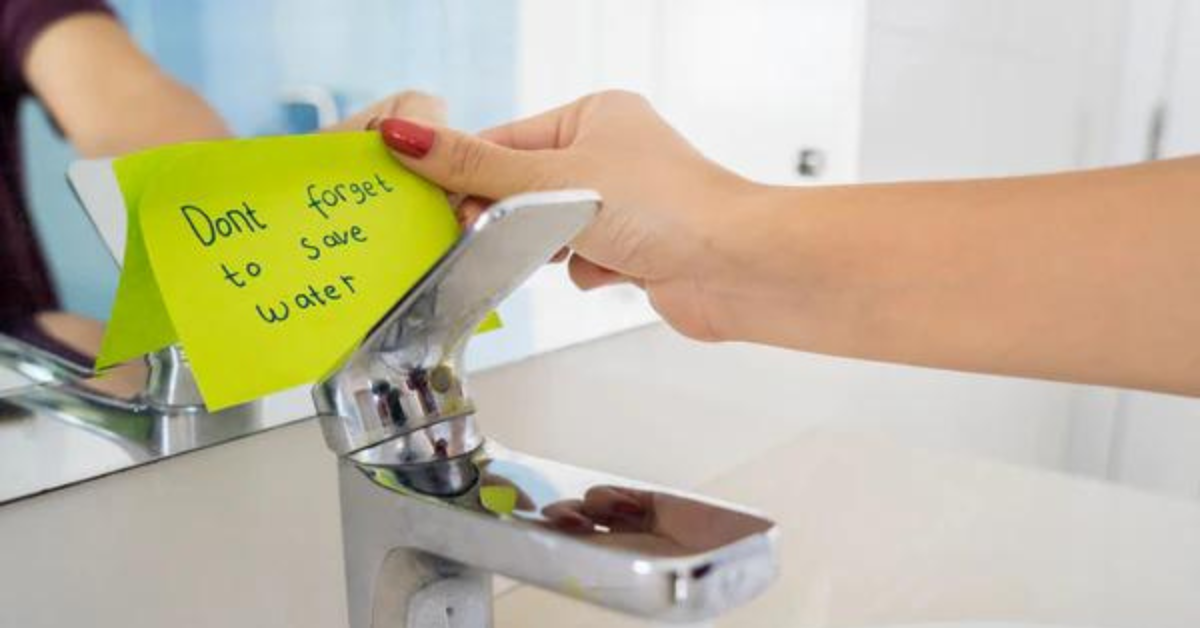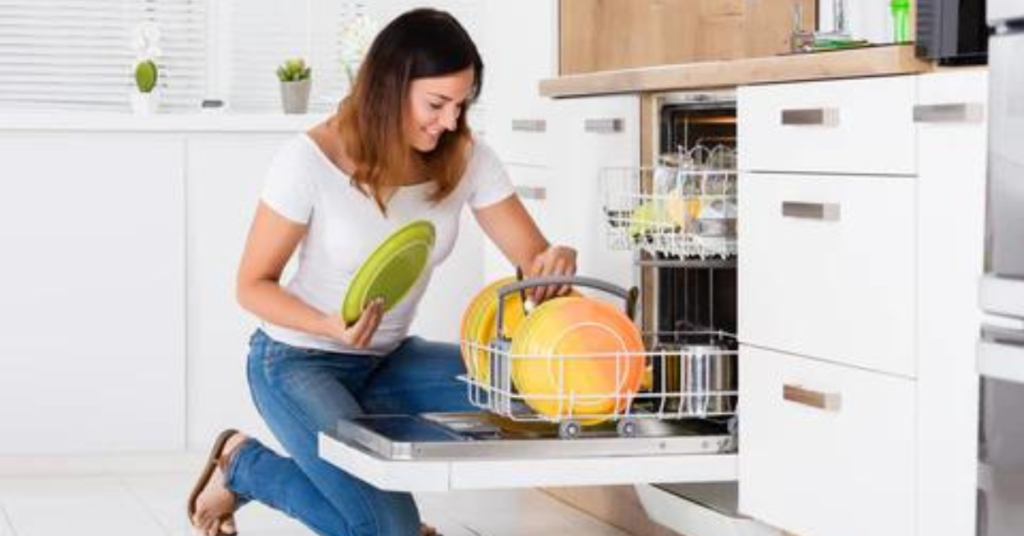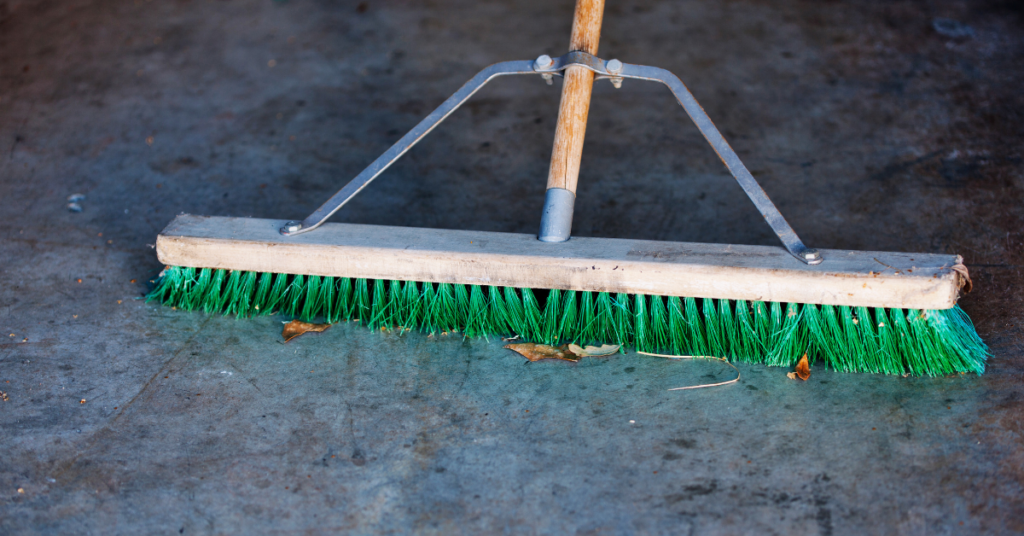The average American family wastes almost 10,000 gallons of water per year. That’s a lot of water! Commit to saving water and see how much you can reduce your consumption. You may be surprised at how easy it is to make a difference. When it comes to conserving our most valuable asset, every little bit counts.
Here are ten easy ways to save water at home:
1. Turn off the water while you’re brushing your teeth.
If someone brushes their teeth for two minutes, and the average faucet flow rate is two gallons per minute, that person will use four gallons of water. If we assume that each person brushes their teeth twice a day, that’s eight gallons of water every day just from brushing their teeth. And that’s not even counting the water used for shaving!
An easy solution to this problem is to turn off the water while brushing your teeth or shaving to save water. Over a year, that’s 2,920 gallons of water saved per person!

2. Fill your tub halfway.
When most people take a bath, they tend to fill up the tub to the point where it’s almost overflowing. However, this is a massive waste of water.
If you only fill your tub halfway, you can save 17-25 gallons of water per person for every bath. That may not sound like a lot, but it can add up over time. In addition, filling your tub less will also help to conserve energy since you won’t need to heat as much water.
So next time you’re getting ready for a relaxing soak, remember to go easy on the faucet. Your wallet—and the planet—will thank you.
3. Take a shower instead of a bath.
When conserving water, a common misconception is that baths use less water than showers. Showers use less water than baths. A typical person uses 25 gallons of water for a shower, while a standard bath uses 35 to 50 gallons. Baths also require more hot water than showers, which also uses more energy. For these reasons, it is best to use the bath occasionally as a treat.
When you do take a bath, try to take shorter ones and fill the tub only part way. You can also save water by reusing your bathwater for watering houseplants or cleaning your bathroom floor.
By following these simple tips, you can help conserve both water and energy.
4. Save your shower water
There’s no need to let the water go to waste while waiting for the shower to warm up. Instead, place a bucket in the shower to catch the water as it runs. You can use this water for various purposes, such as watering plants or flushing toilets. Not only will this help to conserve water, but it can also save you money on your monthly bills.
So next time you’re waiting for the shower to heat up, think about placing a bucket underneath the stream of water. You may be surprised at how much water you can save.
5. Shorten your shower time.
A simple way to save water is to start by shortening your shower. By keeping your shower under 5 minutes, you can save 12.5 gallons of water per shower.
If you’re worried about losing track of time, bring a speaker into the bathroom and time yourself by how many songs play while showering. Most songs are about 3 minutes long, so try to get your shower time down to a single song.
By making this small change, you can save a significant amount of water each month—and help to protect our valuable resources.
6. Wash full loads of laundry.
Washing clothes is an essential part of life, but it can also be a significant source of water waste. According to the Environmental Protection Agency, the average person uses about 20 gallons of water daily for laundry.
You can save 15-45 gallons of water per load by washing full loads of clothes. In addition to conserving water, full washing loads also saves energy and money. Running multiple small loads requires more energy than running one large load, so you’ll also save on utility bills.
When it comes to laundry, think big to save water and money.

7. Run a full dishwasher.
For many of us, doing the dishes is one of our least favorite chores. However, it is essential to be mindful of how we wash our dishes, as it can significantly impact water usage.
One way to reduce water waste is to wait until the dishwasher is full before running it. Depending on the size of your dishwasher, this can save anywhere from 5 to 15 gallons of water per load. In addition, this will help to reduce your energy bill, as washing a full load uses less energy than washing multiple smaller loads.
So next time you’re tempted to run the dishwasher with only a few dishes, remember that it’s more efficient—and environmentally friendly—to wait until it’s full.
8. Don’t power wash your driveway.
Many people believe that the only way to clean an outdoor area is by using water. However, this is not the case. Using a broom to sweep debris can be just as effective and uses much less water.
The Environmental Protection Agency says that using a broom to clean your outdoor areas can save up to 6 gallons of water every minute. That may not seem like much, but it can add up quickly. For example, if you spend 10 minutes sweeping your front porch daily, you would save 60 gallons of water every week. Over a year, that would add up to 3,120 gallons to fill a small swimming pool.

9. Embrace a longer lawn.
A well-manicured lawn is the pride and joy of any homeowner. A luscious, green lawn is the perfect backdrop for parties, picnics, and playgrounds. However, a healthy lawn requires a lot of water, which can be a problem in areas with limited rainfall.
You can reduce the water needed to keep your lawn looking great by setting the mower blades to three inches. It will make the grass a little taller, but it will help the roots grow deeper and make the lawn more resistant to drought conditions. Setting the blades of your lawnmower to three inches can save 16-50 gallons of water per day.
So if you’re looking for a way to conserve water and keep your lawn looking its best, setting your mower blades to three inches is the way to go.
10. Don’t let your kitchen faucet run unnecessarily.
You are wasting valuable resources when you let the water run while you are washing dishes or cleaning vegetables. Instead, fill a bowl with water and use a vegetable brush to clean your produce. You can also use the leftover water to water your plants.
Save Water
Water conservation is important for homeowners as it can help to reduce monthly water bills and save on the overall cost of owning a home. From taking a shorter shower to setting your mower blades to three inches, there are plenty of ways to save water without making significant changes to your lifestyle.
If you’re looking for water-saving solutions for your home, sign up for our mailing list. We’ll keep sending you tips and tricks to help you save water and money.
Sources:
https://www.epa.gov/watersense/statistics-and-facts
https://www.epa.gov/watersense/start-saving
https://www.epa.gov/sites/default/files/2017-03/documents/ws-simple-steps-to-save-water.pdf

